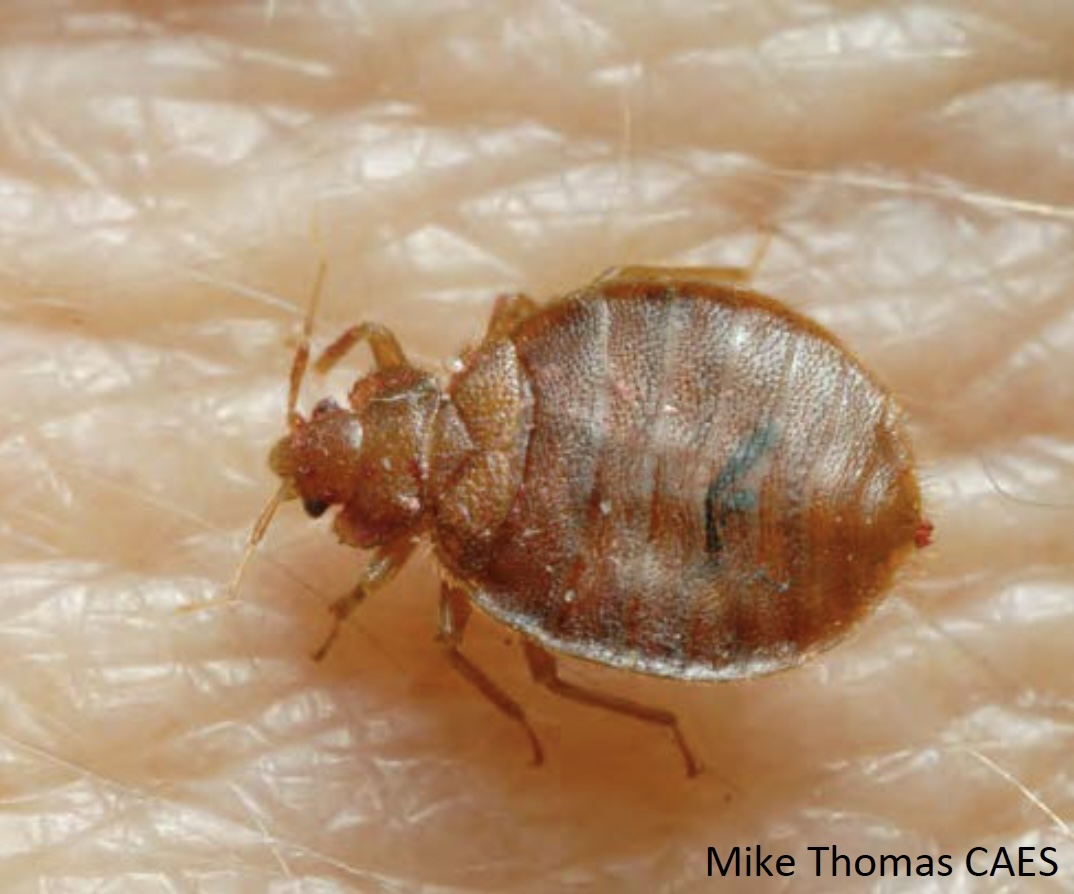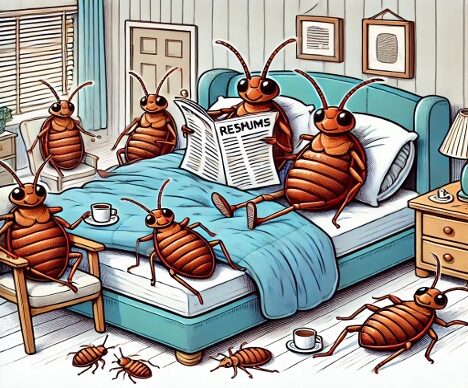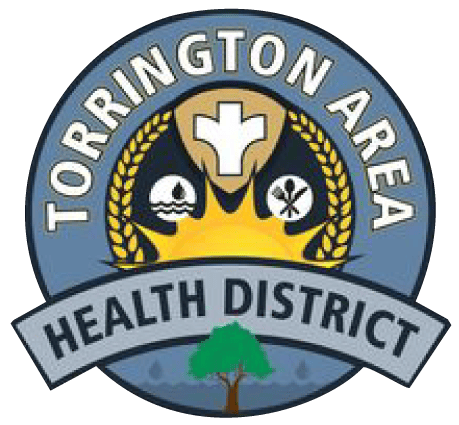Separating Fact from Fiction:
What You Really Need to Know About Bed Bugs
What Are Bed Bugs?
Bed bugs (Cimex lectularius) are small, wingless parasites that primarily feed on human blood, although they can also bite pets. They are reddish-brown, oval-shaped, and about the size of an apple seed when fully grown. Bed bugs are most active at night and hide in small cracks and crevices during the day.
Signs of a Bed Bug Infestation:
- Bite marks: Small, red, and itchy bumps on exposed skin, often in a line or cluster.
- Blood stains: Small reddish stains on sheets and pillowcases.
- Dark fecal spots: Tiny black or brown spots on mattresses, bedding, or nearby furniture.
- Shed skins: Yellowish shed exoskeletons left behind as bed bugs grow.
- Live bugs: Found in mattress seams, bed frames, furniture, and even behind wallpaper or electrical outlets.
Where Are Bed Bugs Found?
- Bed bugs can infest a variety of locations, including:
- Homes and apartments
- Hotels and motels
- Schools and daycare centers
- Public transportation
- Offices and retail stores
- Libraries and hospitals
How Do Bed Bugs Spread?
Bed bugs do not fly but spread by crawling and hitching rides on:
- Luggage, clothing, and bedding
- Secondhand furniture and mattresses
- Backpacks and purses
- Shared public spaces
Preventing Bed Bugs
To reduce the risk of a bed bug infestation:
- Inspect hotel rooms before unpacking; check the bed, furniture, and curtains.
- Keep luggage elevated and away from beds and upholstered furniture.
- Vacuum frequently and inspect furniture and bedding regularly.
- Avoid bringing in used furniture without thoroughly inspecting it.
- Use protective mattress encasements to prevent infestations in beds.
How to Get Rid of Bed Bugs
If you discover bed bugs in your home, take action immediately:
- Contact a pest control professional for treatment.
- Wash and dry bedding, clothing, and fabrics on the highest heat setting.
- Vacuum regularly, focusing on mattresses, furniture, and baseboards.
- Use bed bug encasements on mattresses and box springs.
- Reduce clutter to eliminate hiding spots.
- Use bed bug interceptors under bed legs to monitor infestations.
- Avoid DIY insecticides—store-bought sprays and foggers are often ineffective.
While bed bugs are a nuisance, they can be eliminated with proper treatment. Early detection and professional intervention are key to preventing a widespread infestation. If you suspect bed bugs, act quickly to minimize their spread and ensure a pest-free home.

Quick Facts About Bed Bugs
- Bed bugs bite and feed on blood to grow and reproduce.
- They are excellent at hiding, making them difficult to spot.
- Bed bugs are great hitchhikers, easily traveling on luggage, clothing, and furniture.
- Do not panic if you find bed bugs; they can be eliminated.
- DIY treatments are often ineffective—a licensed pest control professional is the best option for complete eradication.
- Bed bugs do not transmit disease, but can cause skin irritation and allergic reactions in some people.

